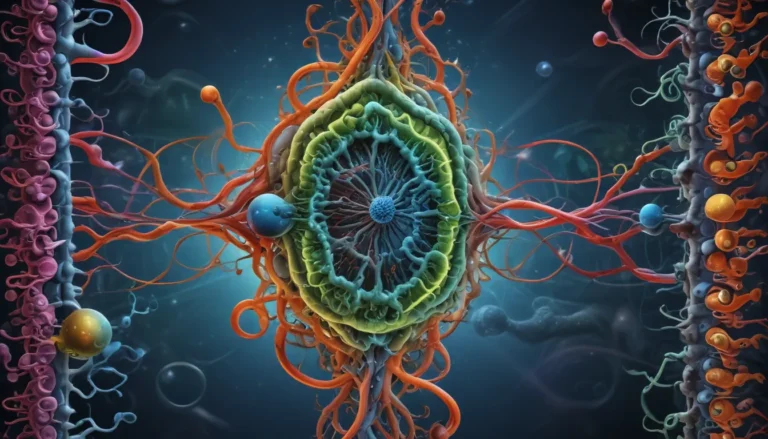A Note About Images: The images used in our articles are for illustration purposes only and may not exactly match the content. They are meant to engage readers, but the text should be relied upon for accurate information.
The greenhouse effect, a natural phenomenon that regulates the Earth’s temperature, is vital for sustaining life on our planet. However, with the increasing concentration of greenhouse gases due to human activities, concerns about its impacts have grown. In this comprehensive article, we will delve into 19 intriguing facts about the greenhouse effect, exploring its mechanisms, effects, and potential solutions. Join us on this enlightening journey as we unravel the complexities of this crucial issue and gain a deeper understanding of the challenges we face in maintaining our planet’s delicate climate balance.
Understanding the Greenhouse Effect
The greenhouse effect serves as a natural blanket for Earth, trapping heat from the sun and keeping the planet warm enough for life to thrive. While essential for maintaining a livable climate, human activities have intensified this effect by increasing the concentration of greenhouse gases in the atmosphere. These gases, such as carbon dioxide (CO2), methane (CH4), and nitrous oxide (N2O), trap heat and cause the Earth’s surface temperature to rise. This phenomenon, known as global warming, leads to changes in weather patterns, rising sea levels, and more frequent extreme weather events.
The Role of Greenhouse Gases
- The primary greenhouse gas, CO2, is released into the atmosphere through natural processes like respiration and volcanic eruptions, as well as human activities such as burning fossil fuels.
- Methane and nitrous oxide, with a greater heat-trapping capability than CO2, also contribute significantly to the greenhouse effect.
- Natural greenhouse gases like water vapor and clouds play a role in amplifying or dampening the overall warming effect.
Historical Perspective and Implications
The greenhouse effect has been a part of Earth’s climate system for millions of years, maintaining a relatively stable climate that supports life. The concept of the greenhouse effect was first proposed in the 1820s by Joseph Fourier, who likened the gases in the atmosphere to the glass walls of a greenhouse. This phenomenon is not unique to Earth, as other planets in our solar system also experience variations of the greenhouse effect.
Addressing the Issue
Mitigating the greenhouse effect requires global cooperation and concerted efforts to reduce greenhouse gas emissions. International agreements like the Kyoto Protocol and the Paris Agreement set targets for countries to limit their emissions and combat climate change. Transitioning to renewable energy sources, such as solar and wind power, can help reduce our reliance on fossil fuels and decrease greenhouse gas emissions. It is crucial to take action to protect our planet and secure a sustainable future for generations to come.
Conclusion: Embracing Sustainable Solutions
In conclusion, the greenhouse effect is a critical factor in regulating the Earth’s climate and supporting life on our planet. Understanding its mechanisms and impacts is essential for developing effective solutions to mitigate climate change. By reducing greenhouse gas emissions, promoting clean energy sources, and adopting sustainable practices, we can work towards a healthier and more resilient planet for ourselves and future generations.
FAQs: Exploring Deeper Insights
-
What is the greenhouse effect?
The greenhouse effect refers to the process by which certain gases in the Earth’s atmosphere trap heat from the sun, leading to the warming of our planet. -
Which gases contribute to the greenhouse effect?
Primary greenhouse gases include carbon dioxide (CO2), methane (CH4), nitrous oxide (N2O), and fluorinated gases released through natural processes and human activities. -
How does the greenhouse effect impact the climate?
An enhanced greenhouse effect results in global warming, causing shifts in climate patterns, rising sea levels, and more frequent extreme weather events. -
What are the main sources of greenhouse gas emissions?
Burning fossil fuels, deforestation, and industrial processes are among the primary sources of greenhouse gas emissions. -
How can we reduce the greenhouse effect?
Reducing greenhouse gas emissions can be achieved through measures like transitioning to renewable energy sources, promoting energy efficiency, sustainable agriculture, and reforestation.
Embark on a journey of discovery as you uncover the fascinating truths about the greenhouse effect and its implications for our planet. By embracing sustainable solutions and collective actions, we can make a positive impact on our environment and create a more sustainable future for all.






